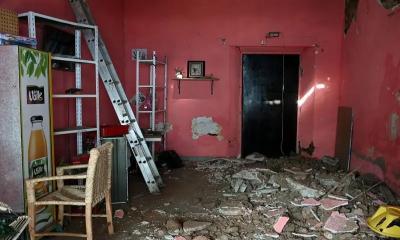Mariupol appeared on the verge of falling to the Russians on Tuesday as Ukraine moved to abandon the steel plant where hundreds of its fighters had held out for months under relentless bombardment in the last bastion of resistance in the devastated city.
The capture of Mariupol would make it the biggest city to be taken by Moscow’s forces and would give the Kremlin a badly needed victory, though the landscape has largely been reduced to rubble.
More than 260 Ukrainian fighters — some of them seriously wounded and taken out on stretchers — left the ruins of the Azovstal plant on Monday and turned themselves over to the Russian side in a deal negotiated by the warring parties. An additional seven buses carrying an unknown number of Ukrainian soldiers from the plant were seen arriving at a former penal colony Tuesday in the town of Olenivka, approximately 88 kilometers (55 miles) north of Mariupol.
While Russia called it a surrender, the Ukrainians avoided that word and instead said the plant’s garrison had successfully completed its mission to tie down Russian forces and was under new orders.
“To save their lives. Ukraine needs them. This is the main thing,” Ukrainian Defense Minister Oleksiy Reznikov said.
The Ukrainians expressed hope that the fighters would be exchanged for Russian prisoners of war. But Vyacheslav Volodin, speaker of the lower house of the Russian parliament, said without evidence that there were “war criminals” among the defenders and that they should not be exchanged but tried.
Ukrainian President Volodymyr Zelenskyy said the country’s military and intelligence officers are still working to extract its remaining troops from the sprawling steel mill. Officials have not said how many remain inside.
“The most influential international mediators are involved,” he said.
The operation to abandon the steel plant and its labyrinth of tunnels and bunkers signaled the beginning of the end of a nearly three-month siege that turned Mariupol into a worldwide symbol of both defiance and suffering.
The Russian bombardment killed over 20,000 civilians, according to Ukraine, and left the remaining inhabitants — perhaps one-quarter of the southern port city’s prewar population of 430,000 — with little food, water, heat or medicine.
During the siege, Russian forces launched lethal airstrikes on a maternity hospital and a theater where civilians had taken shelter. Close to 600 people may have been killed at the theater.
Gaining full control of Mariupol would give Russia an unbroken land bridge to the Crimean Peninsula, which it seized from Ukraine in 2014, and deprive Ukraine of a vital port. It could also free up Russian forces to fight elsewhere in the Donbas, the eastern industrial heartland that the Kremlin is bent on capturing.
And it would give Russia a victory after repeated setbacks on the battlefield and the diplomatic front, beginning with the abortive attempt to storm Kyiv, the capital.
The Russian victory, though, is mostly a symbolic boost for Russian President Vladimir Putin than a military win, said retired French Vice Adm. Michel Olhagaray, a former head of France’s center for higher military studies. He said: “factually, Mariupol had already fallen.”
“Now Putin can claim a ‘victory’ in the Donbas,” Olhagaray said.
But because the Azovstal defenders’ “incredible resistance” tied down Russian troops, Ukraine can also claim that it came out on top.
“Both sides will be able take pride or boast about a victory — victories of different kinds,” he said.
Ukrainian presidential adviser Mykhailo Podolyak likened the Ukrainian defenders to the vastly outnumbered Spartans who held out against Persian forces in ancient Greece. “83 days of Mariupol defense will go down in history as the Thermopylae of the XXI century,” he tweeted.
The soldiers who left the plant were searched by Russian troops, loaded onto buses accompanied by Russian military vehicles, and taken to two towns controlled by Moscow-backed separatists. More than 50 of the fighters were seriously wounded, according to both sides.
It was impossible to confirm the total number of fighters brought to Olenivka or their legal status. While both Mariupol and Olenivka are officially part of Ukraine’s eastern Donetsk region, Olenivka has been controlled by Russia-backed separatists since 2014 and forms part of the unrecognized “Donetsk People’s Republic.” Prior to the rebel takeover, penal colony No. 120 had been a high-security facility designed to hold those sentenced for serious crimes.
Footage shot by The Associated Press shows the convoy was escorted by military vehicles bearing the pro-Kremlin “Z” sign, as Soviet flags fluttered from poles along the road. About two dozen Ukrainian fighters were seen in one of the buses.
Ukraine’s human rights ombudsman said the Russian military was holding more than 3,000 civilians from Mariupol at another former penal colony near Olenivka. Ombudsman Lyudmyla Denisova said most civilians are held for a month, but those considered “particularly unreliable,” including former soldiers and police, are held for two months. The detainees include about 30 volunteers who delivered humanitarian supplies to Mariupol while it was under siege, she said.
Russia’s main federal investigative body said it intends to interrogate the troops to “identify the nationalists” and determine whether they were involved in crimes against civilians. Also, Russia’s top prosecutor asked the country’s Supreme Court to designate Ukraine’s Azov Regiment, whose members have been holding out at Azovstal, a terrorist organization. The regiment has links to the far right.
Russian state news agencies said the Russian parliament would take up a resolution Wednesday to prevent the exchange of Azov Regiment fighters.
A negotiated withdrawal could save lives on the Russian side, too, sparing its troops from what almost certainly would be a bloody battle to finish off the defenders inside the plant, which sprawls over 11 square kilometers (4 square miles).
The withdrawal could also work to Moscow’s advantage by taking the world’s attention off the suffering in Mariupol.
Russian and Ukrainian officials said peace talks were on hold.
Elsewhere across the Donbas, eight civilians were killed Tuesday in Russian attacks on 45 settlements in the Donetsk and Luhansk regions, the General Staff of the Ukrainian Armed Forces said. Donetsk regional Gov. Pavlo Kyrylenko said a Russian airstrike ignited a fire at a building materials plant. In the Luhansk region, Russian soldiers fired rockets on an evacuation bus carrying 36 civilians, but no one was hurt, Gov. Serhii Haidai said.
Zelenskyy said Russian forces also fired missiles at the western Lviv region and the Sumy and Chernihiv regions in the northeast, and carried out airstrikes in the eastern Luhansk region. He said the border regions of Ukraine saw Russian “sabotage activity.”
He said the assaults were “a test of our strength” and “kind of an attempt to compensate the Russian army for a series of failures in the east and south of our country.”
Ukrainian guerrilla fighters also killed several high-ranking Russian officers in the southern city of Melitopol, the regional administration said on Telegram. Russian forces have occupied the city since early in the war.
The report could not immediately be confirmed. Throughout the war, Ukraine has claimed to have killed many Russian generals and other officers. A few of the deaths have been confirmed by Russia.
Russian officials in Belgorod and Kursk — two regions bordering Ukraine — accused Kyiv of shelling villages and civilian infrastructure along the frontier, the latest in a series of similar accusations over the recent weeks.
In other developments, the chief prosecutor for the International Criminal Court prosecutor, Karim Khan, said he sent a team of 42 investigators, forensic experts and support personnel to Ukraine to look into suspected war crimes. Ukraine has accused Russian forces of torturing and killing civilians.




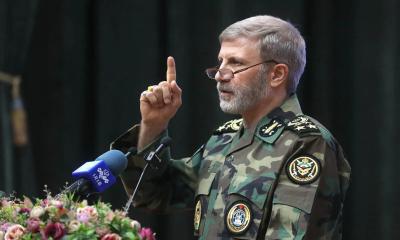
-20260107111805.webp)

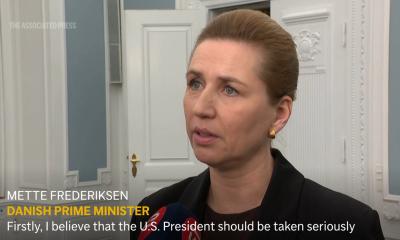
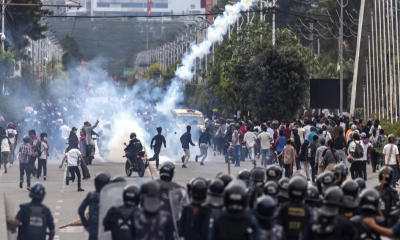
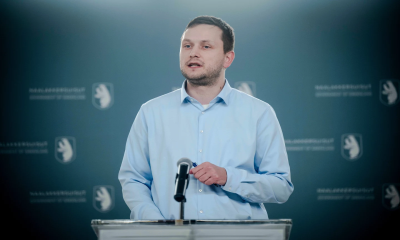




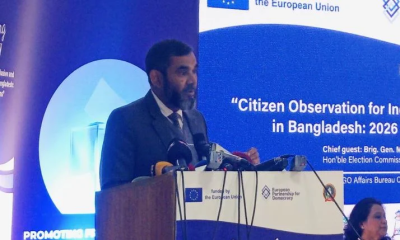

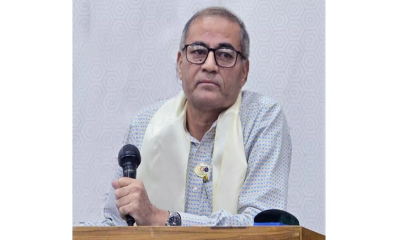


-20260107070753.jpeg)
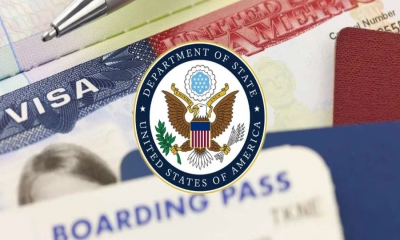
-(2)-20260102070806.jpeg)


-(25)-20251122062715-20260105041159.jpeg)
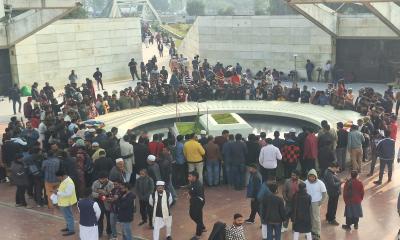

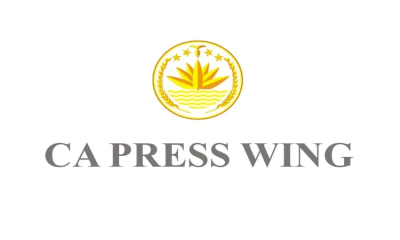
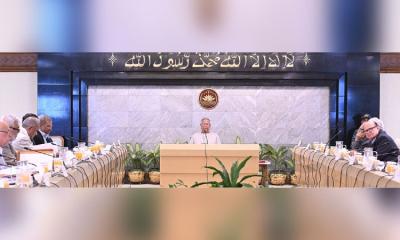
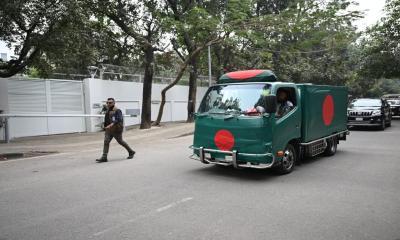
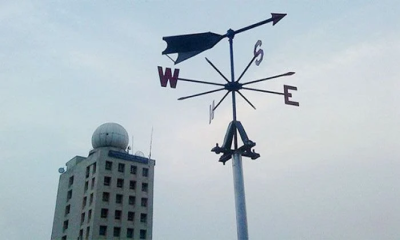
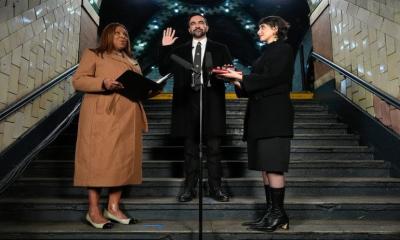
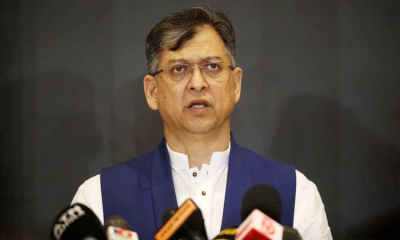
-20260103102222.webp)
